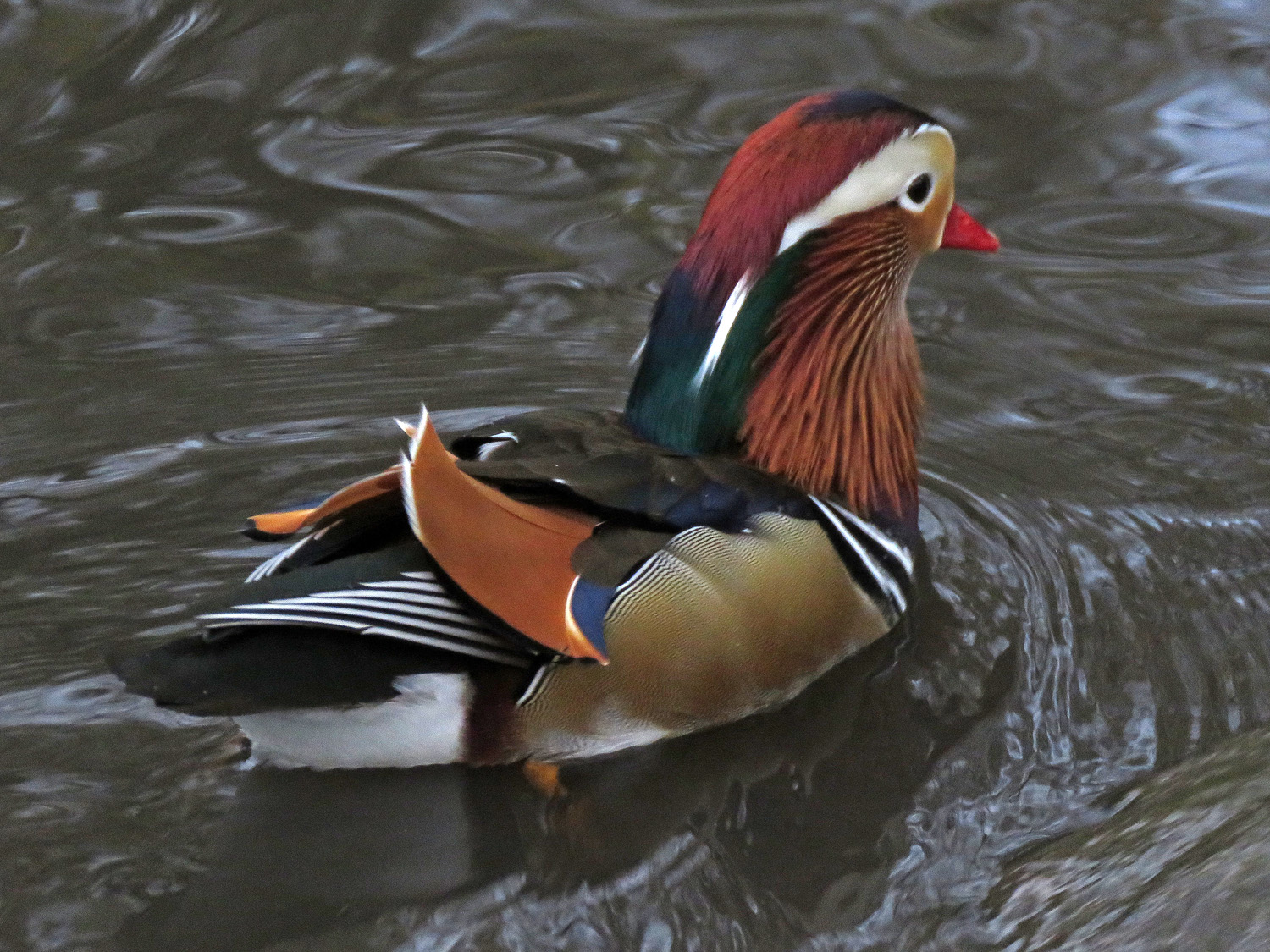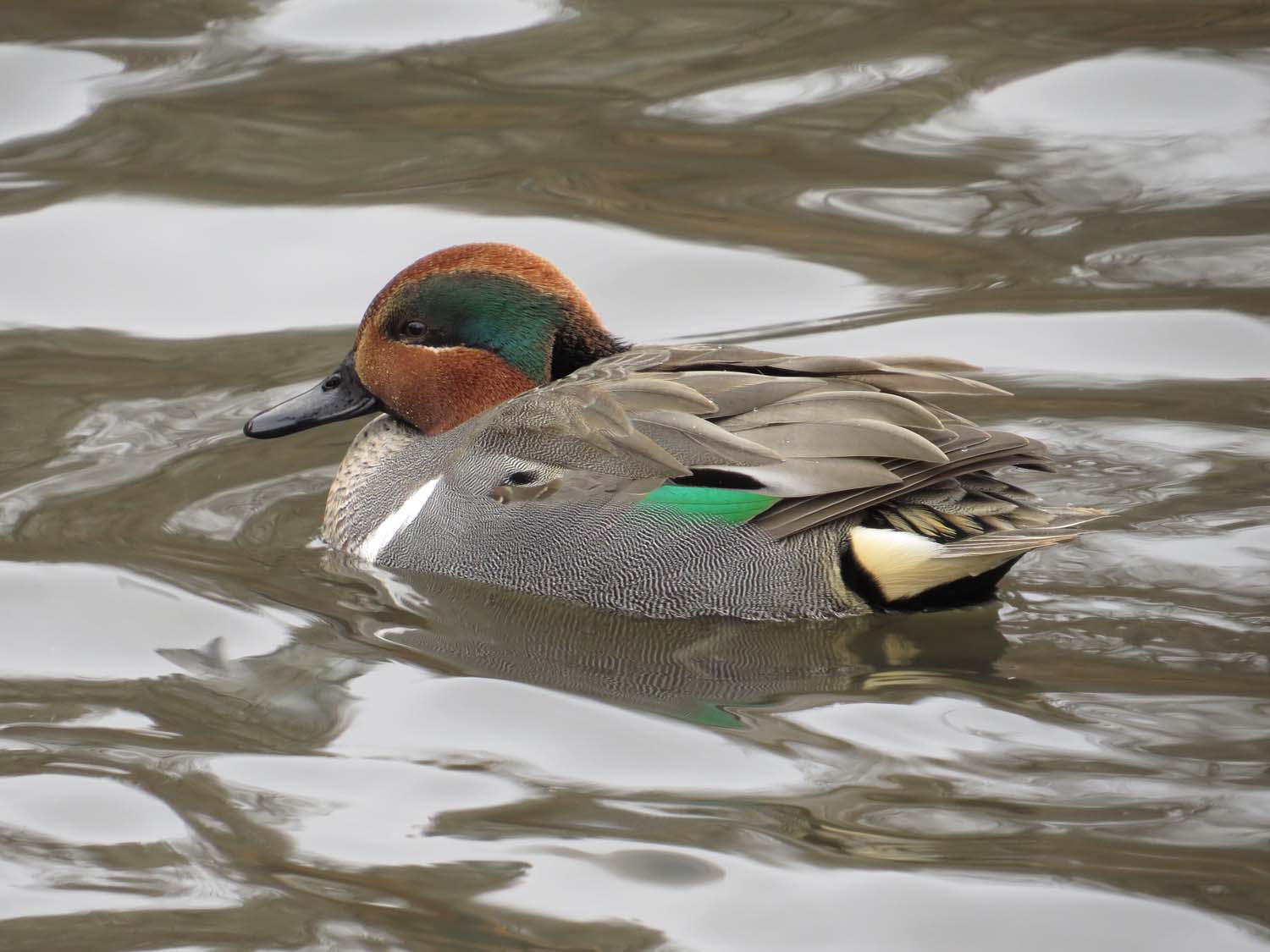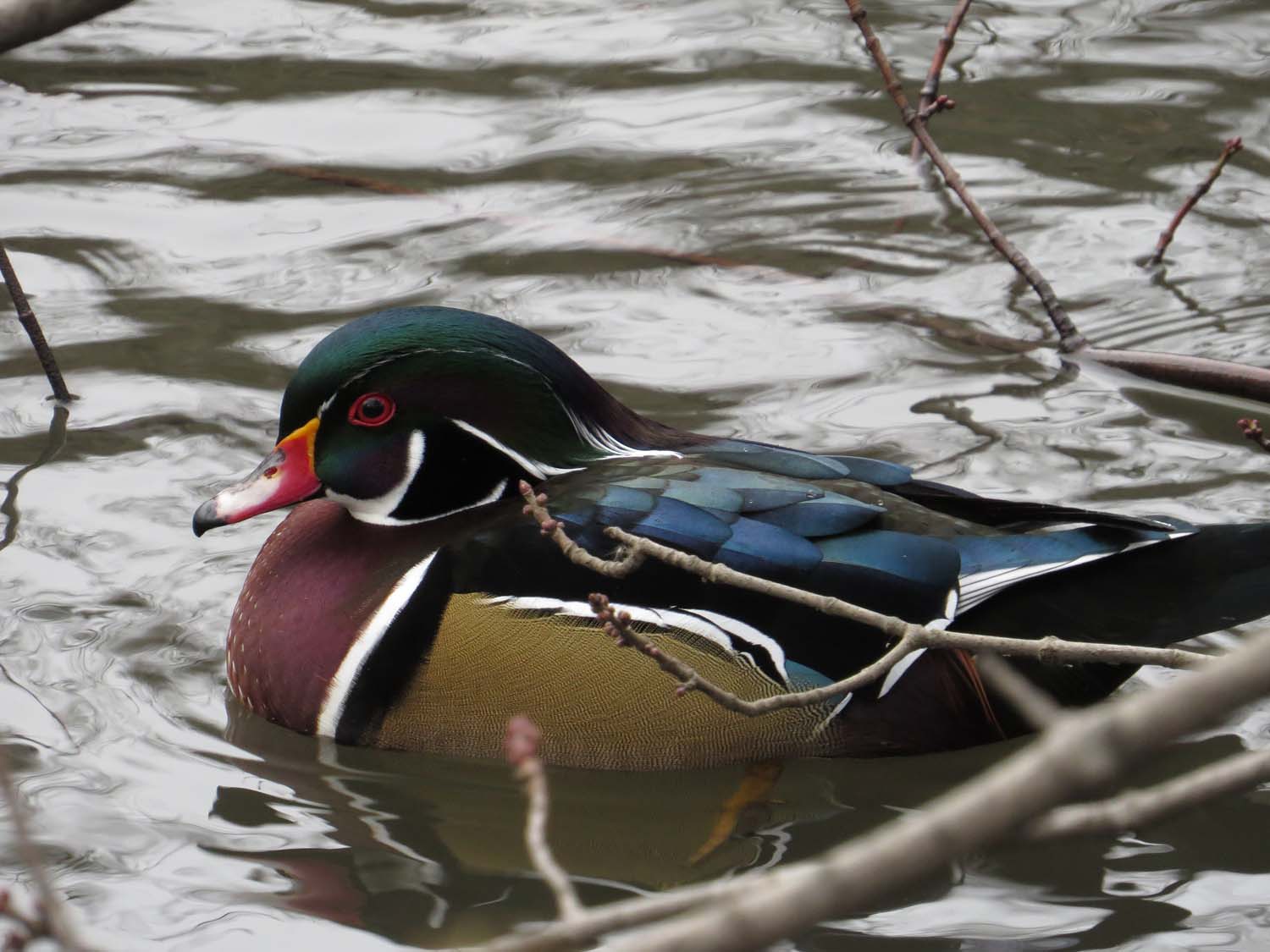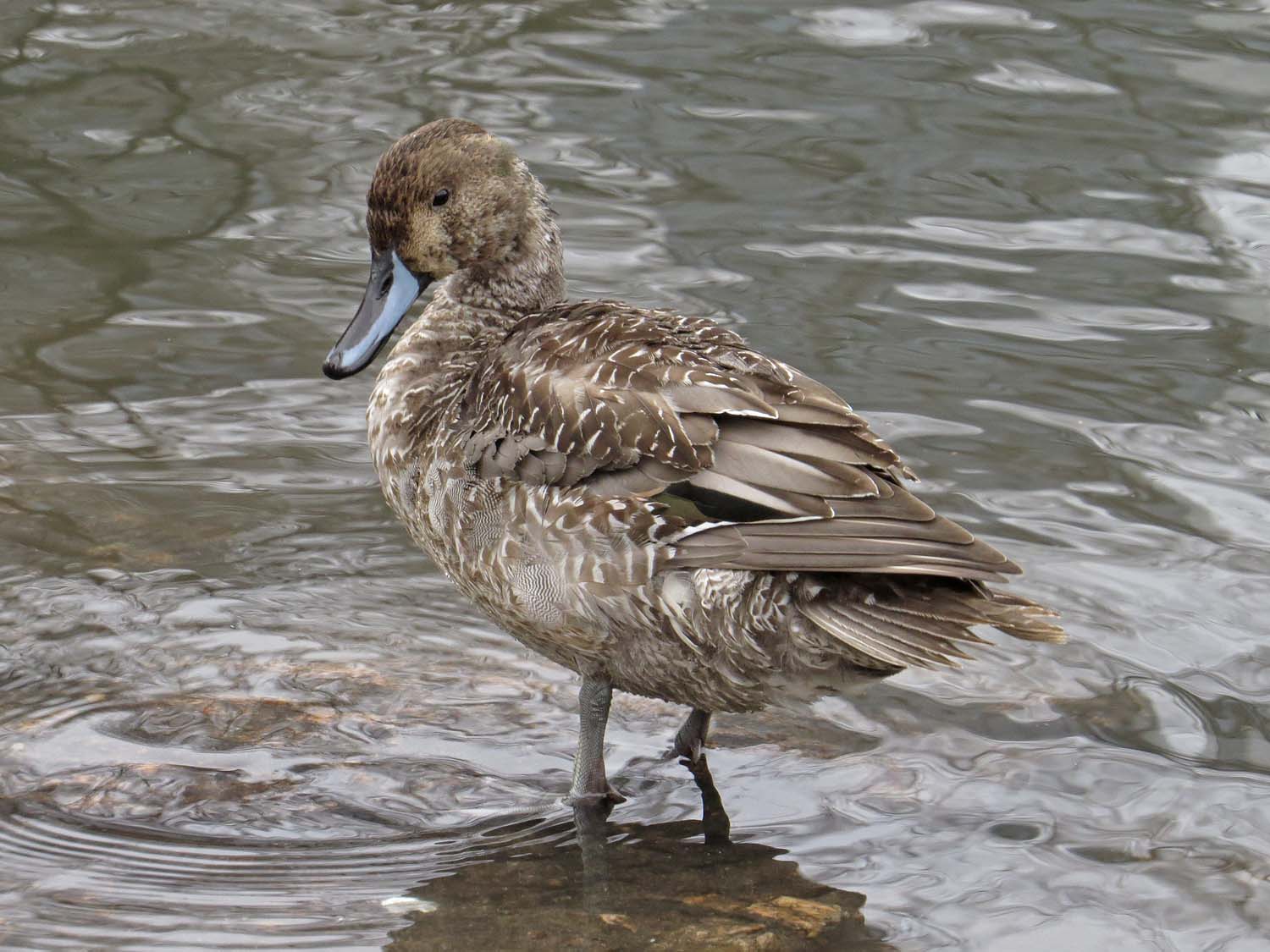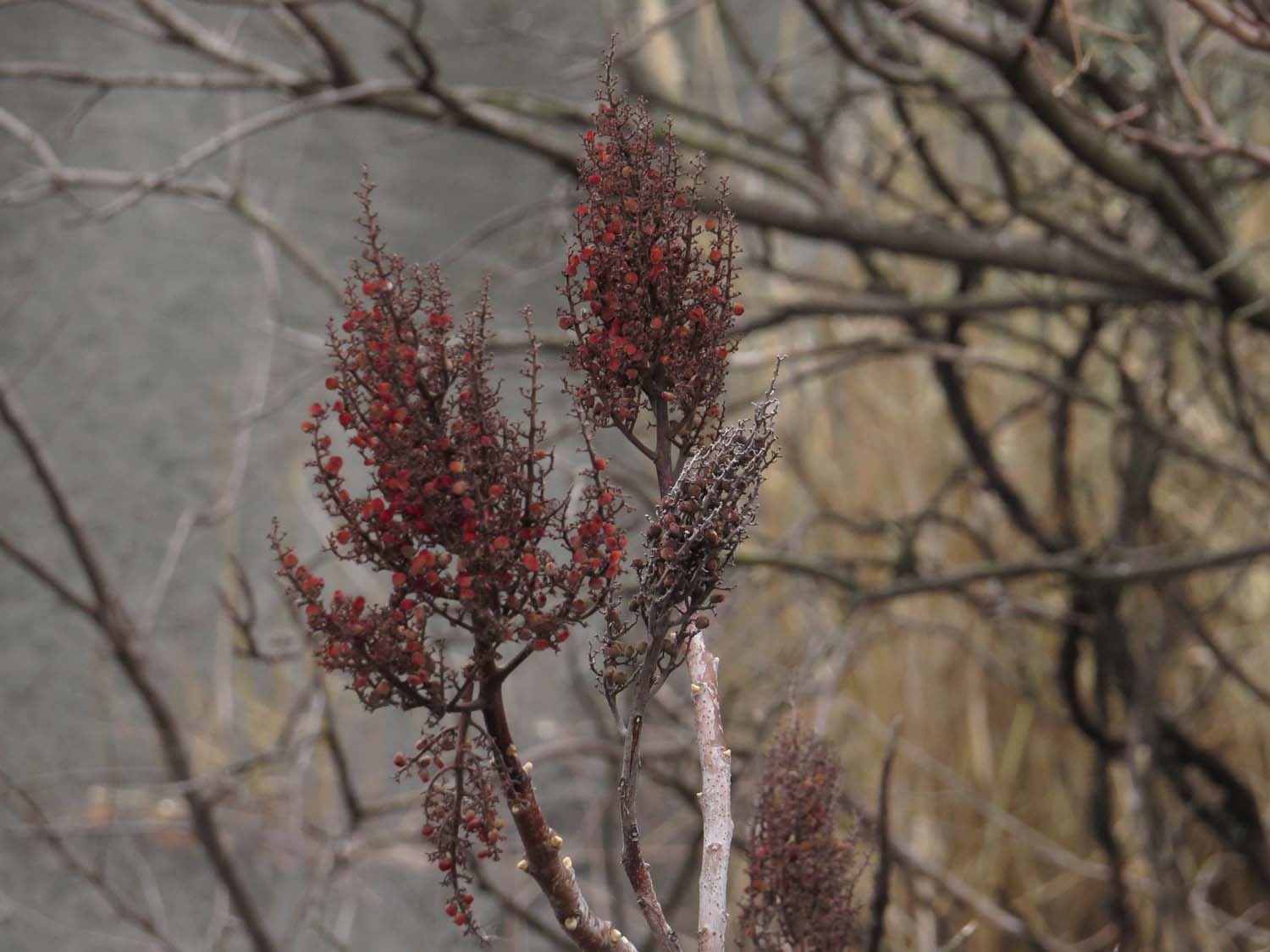So our fickle New York City media have decided that Mandy the Mandarin Duck (Aix galericulata) is the "most handsome" duck around and worthy of a spot on the local CBS news and in other media outlets (including The Times).
Mandy the Mandarin Duck, the Pond, Central Park, October 28, 2018
Mandarin and wood ducks are the only two members of the Aix genus, which apparently denotes the most handsome ducks in the world. I agree that Mandy is very striking — one might even call him the Taylor Mac of the duck world — but I wouldn’t go so far to say he is the most handsome! As you can see from these side-by-side photos, Woody still rules the Pond!
Mandy the Mandarin Duck, the Pond, October 28, 2018
Woody Woody Duck, Prince of the Pond, October 28, 2018
Now for those of you who might think that Mandy is the first Mandarin duck to appear in Central Park, here is a photo from March 18, 2016, of a Mandarin duck in the Central Park Zoo, which is just a hop and a skip away (if you have long legs or wings) from the Pond where Woody lives. I haven't visited recently, so don't know if this little duck is still in residence, but just so you know ...
Mandarin Duck, Central Park Zoo, March 18, 2016
The Filming the Feathers video shows both Mandy and the Central Park Mandarin duck, and is set to music by Keven MacLeod and Shane Ivers.





